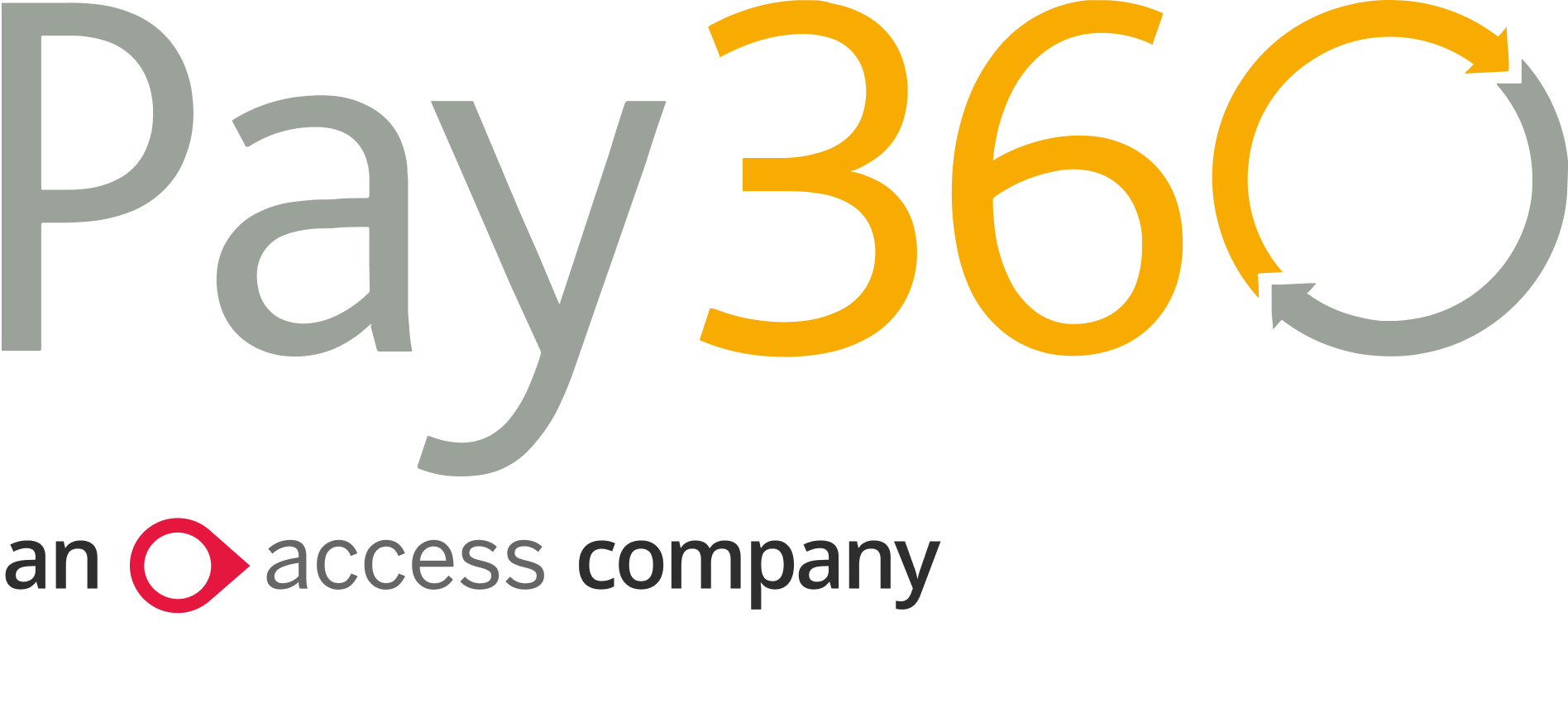
The biggest story in business over recent years has been the retail revolution. Propelled by the spread of the internet – GlobalData estimates users worldwide grew from 847 million in 2010 to 4.9 billion in 2021 – the overall size of the e-commerce market stood at $5.53 trillion in 2021 and will continue to grow at a compound annual growth rate of 9.7% leading up to 2026. By then, it will be worth nearly $9 trillion.
This revolution has turned the likes of Amazon and Alibaba into household names. Increasingly, the forces that created these e-commerce giants are influencing other sectors too. Dispersion means that education, healthcare, and charity are joining retail as industries whose brick-and-mortar bases are being blown away by the rise of desktop and mobile. Software and platform creators are playing a major role in making this shift possible. New entrants to the market will have to adapt quickly if they are to successfully stand out and cash in.
How dispersion took over the world
Growth in internet use, the explosion in smartphone ownership and the catalyst of the Covid-19 pandemic has meant that more sectors have become more digitised than ever before. In the words of Alex Common, chief product officer at Pay360, digital “took off because it had to. There was no choice.” It has created new openings for software players: “if we get that right, and monetise it through payments, then we should see the opportunity to get new customers, to get new business and to retain those customers.”[1]
Take the rise of working from home. Onboarding is tricky enough in an office. Familiarising new staff with company products and services in the age of remote and hybrid working is a brand-new managerial headache. Raven360 stepped into the breach with a Software as a Service (SaaS) platform to tackle this very problem. The firm’s success reflects a growing need for novel software solutions in the age of dispersion. “It’s been really interesting where we’ve seen more traditional product companies, not software companies, coming to us needing to accomplish the same thing,” says Joe Moriarty, Raven360’s CEO. “Building community, making people experts in their products and boosting brand loyalty.”[2]
Such desktop-based, on-demand solutions would have been inconceivable in many industries just a few years ago. Charity is one example, where fundraising via leafleting, door-knocking and cold calling made an in-person presence mandatory. But the pandemic turned the non-profit sector on its head. Now charitable giving has settled around a new norm, as Iskren Kulev, CEO of Kindlink, a software platform connecting businesses and charities, has found: “The move towards digital was good for us,” he says. “Everyone started to think they needed a solution for managing their operations, their projects, for fundraising for non-profits… Kindlink was already there.”[3]
Education is another example. Tom Hooper is CEO of Third Space, an education platform designed to close attainment gaps by connecting English-speaking STEM graduates with disadvantaged children. Schools remain steadfast brick-and-mortar institutions at the heart of the education system. But Hooper points out the same was true of physical stores and retail 30 years ago. He argues that education will “go the same way” thanks to edtech solutions like Third Space.[4]
The same may be said of healthcare. Iain Eagling, sales director, Private Sector at Pay360, points out that the rise of wearable technology and remote working is creating “a real different pace of experience in healthcare”. According to GlobalData analysis, virtual trials increased 50% year on year between 2020 and 2021. Mobile healthcare, wearable devices and web-based technologies mean the proportion of remote research has risen from 9% of all clinical trials in 2015 to 30% in 2021.
What software players need to know
Every area of the economy is now a future frontier for software disruption. The question for business decision makers is not if they have the tools to capitalise on the opportunities, but how to do so as quickly and efficiently as possible.
A prerequisite for software companies is to ensure they have a system in place to monetise the services they are offering. It must be able to raise cash and reduce friction for new customers. “If you’re looking to provide means of cost-effective or more efficient processing for your customers then payments can play a huge role,” says Alex Common. “How quickly can you board a customer? How quickly can you enable the key services they require? How quickly can you enable that customer of yours to scale? Payments can play a huge role in that.”[5]
It is a daunting undertaking for fledgling software firms attempting to stay afloat in an age of disruption. Taking expert advice can help.
Download the Pay360 whitepaper on this page to find out more.
[1] https://www.pay360.com/resource-hub/video/Chasing-GreatEp5?wchannelid=rpvu70vgmr&wmediaid=l598uh3qte
[2] https://www.pay360.com/resource-hub/video/Chasing-GreatEp5?wchannelid=rpvu70vgmr&wmediaid=22yd16pcs9
[3] https://www.pay360.com/resource-hub/video/Chasing-GreatEp5?wchannelid=rpvu70vgmr&wmediaid=5jn4t2r2ii
[4] https://www.pay360.com/resource-hub/video/Chasing-GreatEp5?wchannelid=rpvu70vgmr&wmediaid=erdzggru4n
[5] https://www.pay360.com/resource-hub/video/Chasing-GreatEp5?wchannelid=rpvu70vgmr&wmediaid=l598uh3qte


